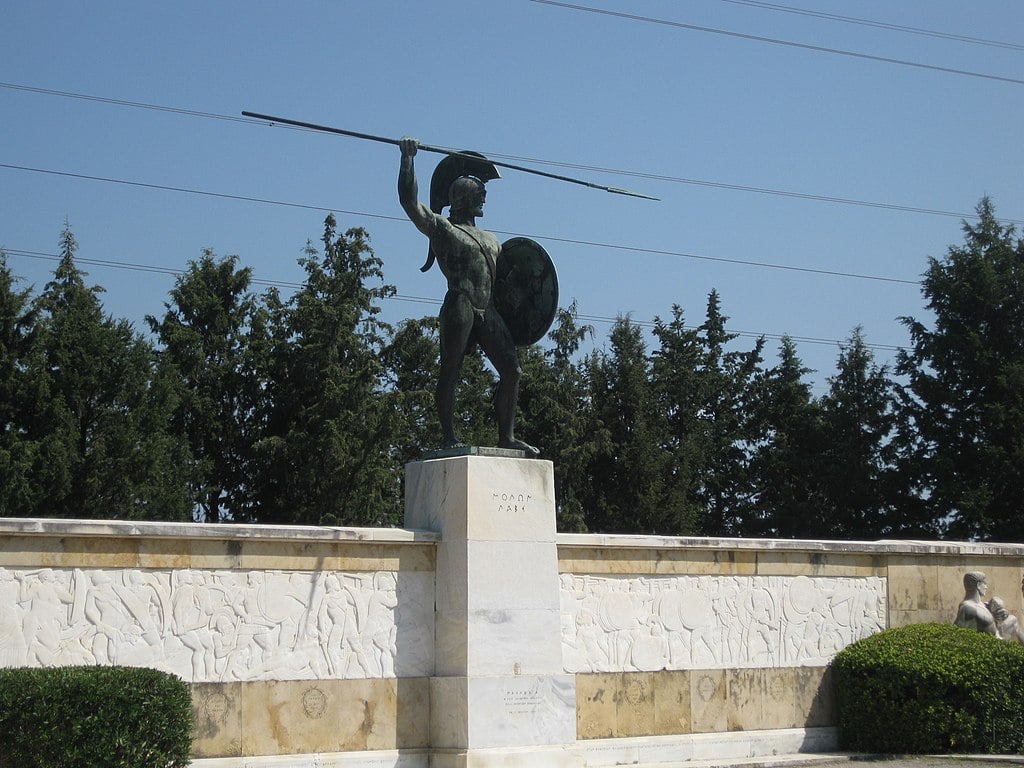
Curious Kids, a website that posts inquiries made by the most curious of minds—those of children—recently found themselves answering a question posted by a young reader who wanted an expert to answer his question: “Who were the Spartans?”
It is a loaded question, since the Spartans once ruled one of the most powerful and largest cities in all of Ancient Greece.
With such a rich history, it is no wonder that children are interested in learning more about the famous Spartans!
To examine the wonders of who the Spartans were, you need to first travel back in time to 650 BC, when the city-state of Sparta was home to the most dominant military force of all of ancient Greece.
The history of Sparta
The area is believed to have first been inhabited in the Middle Neolithic period due to pottery discovered in the vicinity of Kouphovouno around 1.2 miles from Sparta. Excavations at the site in 1906 revealed many structures and a glimpse into the life of the ancient city-state.
The Spartans are remembered for their severe, militaristic lifestyle—separating young children from their families to make them into fighting Spartans and discarding those that they deemed were not up to the Spartan ideal.
They began teaching their young boys to fight from a very young age by exposing them to a rigorous training program called “agōgē” in Greek, meaning education and regimen, starting at age seven to make them fit for battle. Children continued their training until they were twenty-nine years of age.
The Spartans’ obsession with fighting resulted in their becoming experts in battle and gaining a reputation of being fierce, skilled conquerors. They kept strict guard in governing those they had conquered. An example of this is that of the “helots” who lived near Sparta.
Once conquered, the helots were put to work as agricultural slaves on farms so that the Spartans could focus even more of their attention on preparing for battle and improving fighting skills.
They recognized their need to be the best in battle as a necessity, especially since any of the groups that they had conquered could revolt against them.
Spartans known for their prowess in battle
Having taken part in many crucial battles, such as fighting alongside the Athenians against the Persian king Xerxes in the Persian Wars some 2,300 years ago in 490 to 449 BC, the Spartans were considered masters of war.
The now famous movie, 300, which has been reproduced several times, and the 1950’s era film, The 300 Spartans, are perhaps perfect modern-day tales portraying the skill and courage of the Spartans.
At the battle at Thermopylae, a group of three hundred Spartans heroically followed their leader, King Leonidas, into certain death in an effort to defend their lands. Although they and their beloved king were all slaughtered in battle, the remaining Spartans fought alongside Athenians and other Greeks to claim victory in subsequent battles.
In a turn of fate, in the Peloponnesian War, which took place from 431 to 404 BC, the Spartans fought against the Athenians and won.
Today’s Sparta is a typical small Greek city that has an atmosphere similar to its neighboring towns with shops, schools, and villages. No traces of its martial past remain.
However, the Spartan history that lies below modern-day Sparta hides an intriguing tale that continues to interest adults and children. Nowadays, one can check out some of the remaining ruins of Ancient Sparta and with a touch of imagination, you can be transported back to a time when Spartans ruled the land!
See all the latest news from Greece and the world at Greekreporter.com. Contact our newsroom to report an update or send your story, photos and videos. Follow GR on Google News and subscribe here to our daily email!



